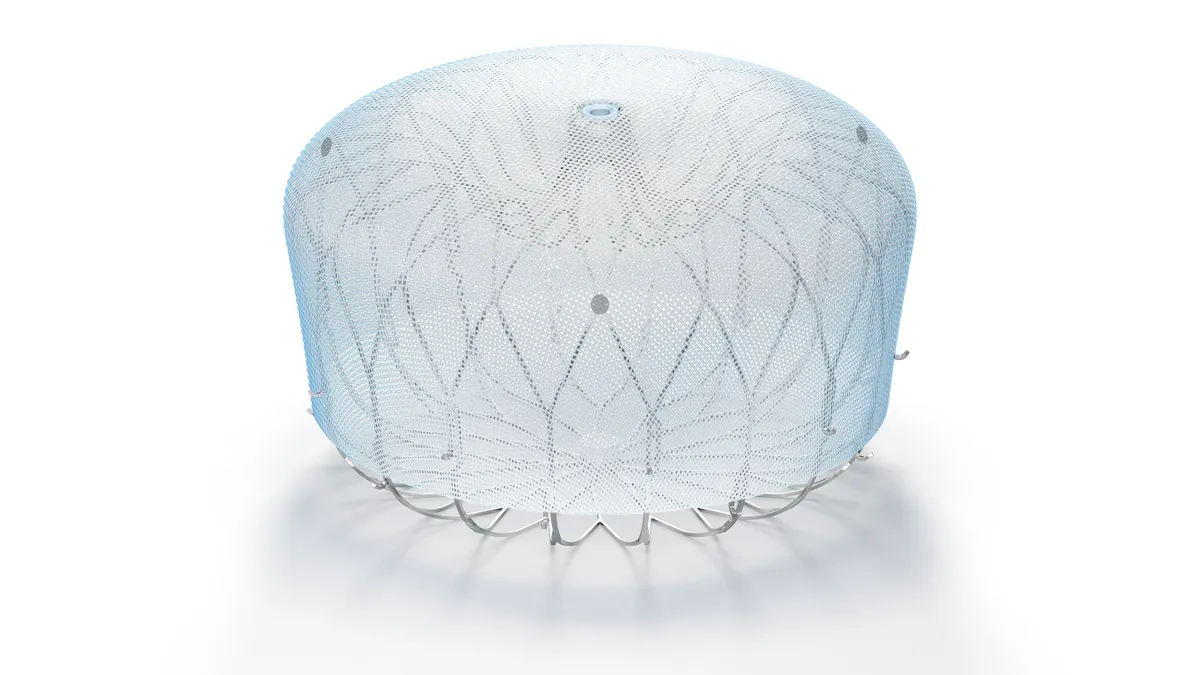Artificial intelligence has broadened the horizons of medical device development. From using AI to assess the viability of potential devices to leveraging AI throughout development and building AI-powered capabilities into novel devices, AI brings with it new opportunities to streamline time-to-market and enhance outcomes for patients.
But delivering on the promise of AI relies on access to high-quality data. “AI-powered technology is only as reliable as the data used to develop it,” said Alex Cadotte, Ph.D., vice president of Digital Health, AI and Radiology Regulatory Affairs, at MCRA, an IQVIA business. “It’s crucial to select data that will allow your development process to meet the guidelines set out by regulators, including the FDA.”
Following FDA guiding principles for Good Machine Learning Practice (GMLP) is crucial to helping streamline time-to-market for medical devices. Failing to follow these guidelines can lead to costly delays to market, and in the worst cases, having to rebuild the device from the ground up using new datasets to enter the U.S. market, Cadotte said.
Data challenges introduce regulatory risk
Many medical device developers need support and guidance to ensure they’re following the principles of GMLP. And while each program is unique, developers often struggle with a few key challenges.
Overreliance on global data
Developing machine learning algorithms often requires vast data sets, prompting developers to look globally to source the data they need. However, relying too heavily on data sourced outside the U.S. (OUS) often leads to regulatory challenges later.
“Regulators want to see that your data sources accurately reflect the target patient population, which, for the FDA, means they reflect the U.S. patient population,” Cadotte said. “Leveraging too much OUS data introduces the risk that your device may not effectively address the needs of the U.S. population, particularly those that are historically underrepresented in clinical research.”
Using the same reference datasets
Similarly, developers may run into regulatory challenges if they use the same datasets across the development process.
“While the FDA requires that reference datasets be based on the best available data collection methods, using the same data for training and testing may undermine the performance of your device,” Cadotte said. “Any bias in the training dataset will carry on through validation undetected, which may lead the FDA to ask for more evidence to support the efficacy of your device.”
To meet the FDA’s guidelines, developers should invest in datasets collected from independent sites representative of the U.S. patient population for training and validation.
Sourcing suboptimal expertise
One of the biggest cost drivers for developing AI-powered devices is the truthing process, verifying information, data or predictions by comparing them to established facts. But it’s a step that’s critical for the overall success of development projects. And developers who rely on technicians to inform the truthing process may find themselves facing regulatory challenges later.
“Truthing is what determines how reliably and accurately an algorithm can perform with a similar (or higher) level of scrutiny than a medical professional,” Cadotte said. “The more informed your truthing experts, the more reliably you can assess the efficacy of your algorithm.”
As a result, the FDA requires developers to invest in U.S. board-certified clinicians for truthing. Otherwise, developers may be asked to modify their model before entering the market.
A holistic data strategy forges the path to market
Selecting the right datasets — and optimizing them strategically throughout the development process — requires highly specialized expertise, including a strong understanding of the current regulatory environment in the U.S. Finding an external partner to guide you through the process can help set your program up for success.
“While I’ve worked with clients at each stage of the process, getting in on the ground floor of a project is most effective for streamlining time to market,” Cadotte said. “When you can anticipate what the FDA will ask for and the issues you may face in meeting their requirements, you can be proactive to minimize delays at each step.”
An external partner can help developers source high-quality datasets from independent sites and curate data to accurately reflect target patient populations. They can also offer support throughout the truthing process and help identify and mitigate potential sources of bias throughout testing and validation.
Finally, a partner with robust regulatory expertise can facilitate conversations with regulators and help developers meet their deadlines and bring new life-changing devices to the patients who need them most.
Ready to streamline your AI device’s path to market?
Regulatory success starts with the right data — and the right strategy. In our latest insight brief, Digital Health: How to Navigate Regulatory, Reimbursement and Clinical Trial Landscapes, experts from MCRA, an IQVIA business, share perspectives on aligning AI-enabled device development with evolving FDA expectations, reimbursement pathways and clinical trial design.
Download the insight brief to gain actionable guidance that can help support your development goals.










